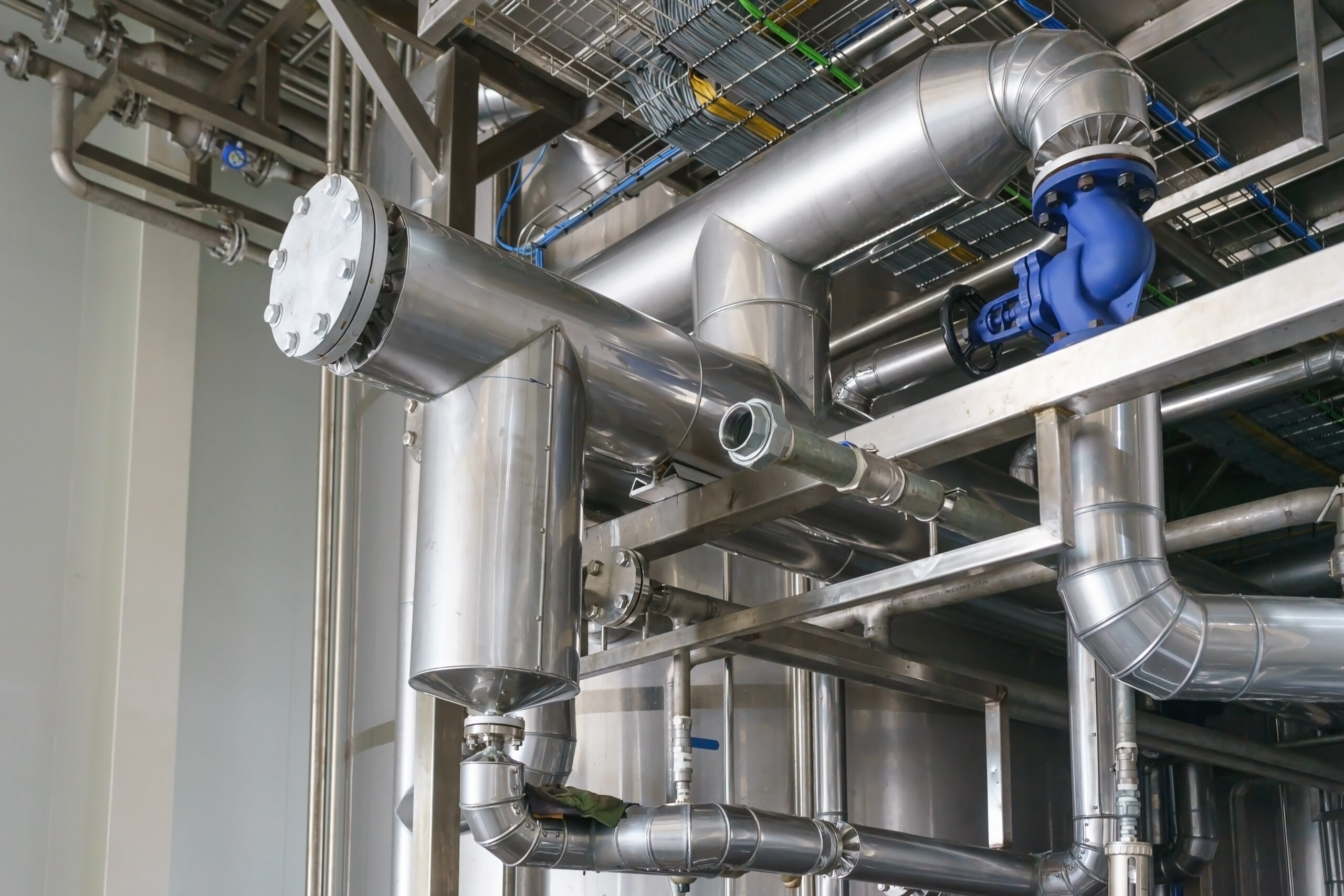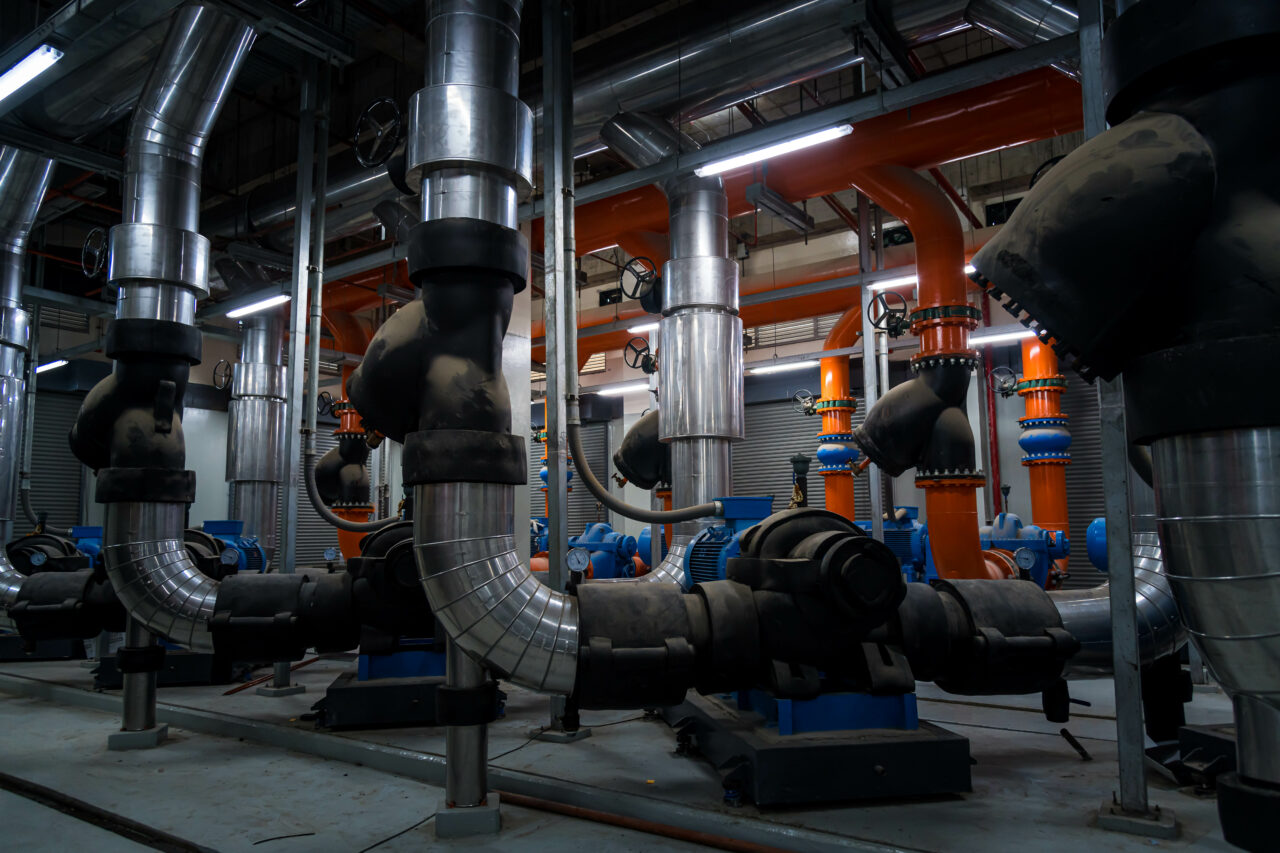Crafting a comprehensive validation plan for life sciences site utilities requires careful planning and execution. It is important to ensure that all site utilities, including water, HVAC, and electrical, are properly validated to ensure their safety, reliability, and effectiveness.
The first step in creating a validation plan is to identify the project’s scope and determine the critical systems that require validation. This involves assessing the impact of each utility system on product quality and patient safety.
Once the scope of the project has been determined, the next step is to create a validation master plan that outlines the validation strategy, approach, and timelines. This plan should also include a risk assessment that identifies potential hazards and risks associated with each utility system.
The validation plan should also include detailed protocols for testing and validating each utility system and documentation requirements for each step of the process. It is important to ensure that all testing is conducted according to established regulations and guidelines.
Finally, the validation plan should include a plan for ongoing maintenance and monitoring of the utility systems to ensure they remain validated. This may involve regular testing and monitoring of key parameters and regular review and update of the validation plan itself.
Overall, crafting a comprehensive validation plan for life sciences site utilities requires careful planning, attention to detail, and adherence to established regulations and guidelines. With the right approach, however, ensuring that all utility systems are safe, reliable, and effective and that patient safety and product quality are safeguarded at all times is possible.
Here's a general outline for a validation plan for pharmaceutical site utilities:
Introduction
- Purpose of the validation plan.
- Scope of validation (which utilities are included).
Regulatory basis (compliance with FDA, EMA, or other relevant regulations).
Validation Team
- Roles and responsibilities of team members.
- Qualifications and training requirements.
System Description
- Overview of the pharmaceutical site utilities.
- Detailed description of each utility system (HVAC, water systems, compressed air, etc.).
Validation Approach
- Define the validation approach (e.g., risk-based validation).
- Specify if any specific validation models or methodologies will be employed.
Regulatory Requirements
- List and explain the regulatory requirements applicable to pharmaceutical site utilities.
- Ensure compliance with Good Manufacturing Practices (GMP) and other relevant guidelines.
User Requirements Specification (URS)
- Document and review the user requirements for each utility system.
- Include input from stakeholders and end-users.
Design Qualification (DQ)
- Develop a Design Qualification protocol.
- Verify that the utility systems are designed according to the URS.
Installation Qualification (IQ)
- Develop an Installation Qualification protocol.
- Verify that the utility systems are installed correctly and according to design specifications.
Operational Qualification (OQ)
- Develop an Operational Qualification protocol.
- Ensure that each utility system operates within predefined parameters and tolerances.
Performance Qualification (PQ)
- Develop a Performance Qualification protocol.
- Demonstrate that the utility systems consistently perform as intended under normal operating conditions.
Validation Protocols
- Provide detailed protocols for each qualification phase.
- Include acceptance criteria and testing methodologies.
Traceability Matrix
- Create a traceability matrix linking user requirements to qualification protocols.
- Ensure comprehensive coverage of all requirements.
Change Control
- Establish procedures for managing changes to utility systems.
- Define the process for revalidation in case of changes.
Deviation and Non-Conformance Handling
- Outline procedures for handling deviations and non-conformances.
- Define the process for investigation and corrective actions.
Documentation and Record Keeping
- Specify documentation requirements for each validation phase.
- Establish a record-keeping system for traceability and audit purposes.
Training
- Identify training requirements for personnel involved in the validation process.
- Ensure that staff is adequately trained on utility systems.
Periodic Review and Revalidation
- Outline a plan for periodic reviews of utility systems.
- Define criteria for when revalidation is necessary.
Conclusion
- Summarize the key points of the validation plan.
- Identify any outstanding issues or areas requiring further attention.
Approval
- Define the process for obtaining approval of the validation plan.
- Specify the roles responsible for approval.
References
- List relevant standards, regulations, and guidelines considered during the validation planning.
Contact Us:
Are you navigating the complex landscape of life sciences manufacturing and seeking expert guidance on validation protocols and regulatory strategies? Look no further than https://www.gxpcellators.comGxP Cellators Consultants, your dedicated partners in ensuring compliance excellence.
Why Choose GxP Cellators?
At GxP Cellators, we specialize in crafting robust validation protocols tailored to the unique needs of the life sciences manufacturing industry. Our seasoned consultants bring unparalleled expertise, guiding you through the intricacies of compliance with industry standards such as GMP, GLP, and GCP.
Our Services Include:
Validation Protocol Design: Precision is paramount in our approach. Our consultants collaborate with your team to design meticulous validation protocols that align seamlessly with your manufacturing processes, ensuring regulatory compliance and product quality.
Regulatory Strategy Definition: Navigating the ever-evolving regulatory landscape can be challenging. GxP Cellators offers strategic insights to help you develop a roadmap for compliance, keeping you ahead of regulatory changes and ensuring a proactive approach to quality assurance.
Why Partner with GxP Cellators?
Expertise: Our consultants possess a wealth of experience in the life sciences manufacturing sector, guaranteeing you access to the latest industry insights and best practices.
Tailored Solutions: We understand that each manufacturing process is unique. Our solutions are customized to suit your specific needs, ensuring a seamless integration of compliance measures into your operations.
Commitment to Excellence: GxP Cellators is dedicated to delivering excellence in every project. We go the extra mile to ensure that your validation protocols and regulatory strategies meet and exceed industry standards.
Contact GxP Cellators Today!
Ready to elevate your compliance game and streamline your validation processes? Contact us today at info@gxpcellators.com to submit your queries or schedule a consultation with our team of experts. We’re here to empower your success in the life sciences manufacturing industry.
Trust GxP Cellators for Compliance Excellence!






